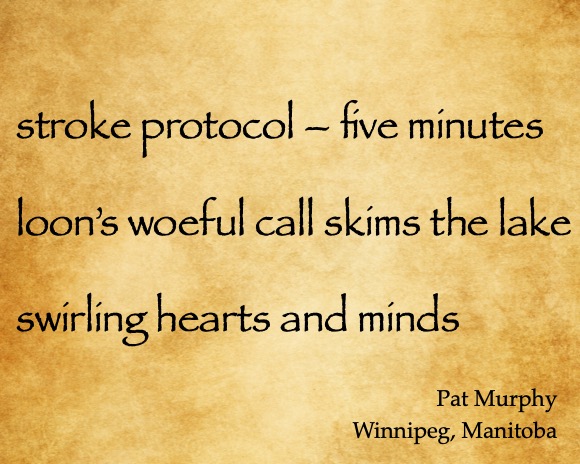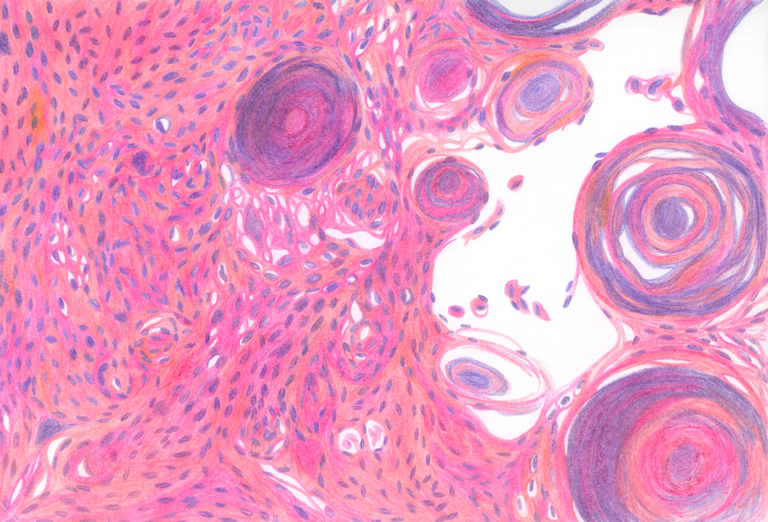OR Tears
Anne Vinsel
Tears in the operating room are different from tears cried by civilians, by veals.
There are rules.
A single tear from one eye is unobjectionable.
Two tears, either one from each eye
or two from one eye
are permitted if they are unaccompanied by sniffles.
Three tears risks discovery and humiliation.
There are rules.
The mechanics of crying in the OR are difficult.
You may not brush a tear away.
Sterile and dirty may not touch.
Gloved sterile hands may not swipe unsterile eyes.
Best to let your tear take a quick dive into your blue pleated mask
which will blot it up before it can drop into the sleeping patient’s incision.
There are rules.






